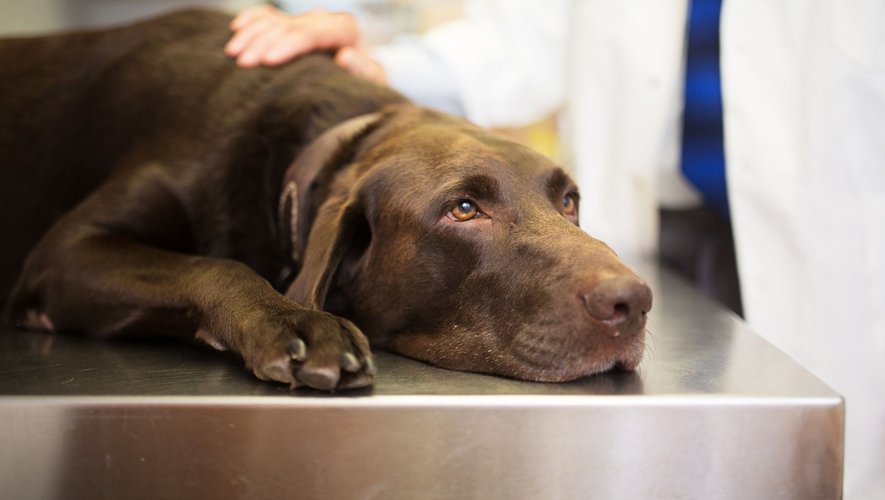Our pets can also save lives. A few days before World Blood Donor Day on June 14, zoom in on these particular donors.
Yes, it exists! Dogs and cats can also donate blood and potentially save lives. Still little known and less well organized than blood donation in humans, blood donation in animals is essential to save dogs or cats victims of accidents or illnesses. But then, how does it happen?
Quite similar to human beings, blood donation is not painful for the animal, any more than an injection in any case. As with humans, animals can give, but under conditions. First of all, it is obviously necessary that the dog or the cat is in good health and that it has never been transfused. Donors must be between 2 and 8 years old and weigh at least 20 kg for dogs and 4 for cats. They must also be up to date with their vaccines, be dewormed and treated regularly against external parasites.
Arrived on an empty stomach at the place of donation, the animal is taken care of for half a day. The blood is taken via the jugular, in the neck of the animal, which can receive a tranquilizer or be asleep during the donation. Like its owner, the donor dog or cat is then entitled to a meal and it will only be able to give blood again after three months.
Lack of donors but especially of banks…
Another big difference with human blood donation is the organization. While the Etablissements Français du Sang (EFS) manage the collection, storage and distribution of blood, no similar organization exists for dogs and cats. Laëtitia Vayr, marketing manager at Agria Assurance pour Animaux, explains that blood is stored by schools and veterinary clinics. She adds that “not all clinics do this for conservation reasons.”
This is the case of the Marne clinic, located at the Passage d’Agen. Veterinarians resort to transfusion when the situation arises by taking blood directly from another animal. “An owner, we will ask him if he has another dog but often we do it with our animals”, explains the secretary of the clinic. Being confronted with this situation only rarely, the clinic manages without a blood bank. She sometimes calls on that of the Toulouse veterinary school if necessary.
Pascal Gonin also works with transfusion. Veterinarian in Agen, he explains that the limit of transfusion is that it very rarely takes grouping into account. Having kits to find out the blood type of the animal, he often finds himself unable to wait for the results. “When we do the transfusions, we don’t have time to wait for the grouping so we transfuse and we look after, once the animal is saved, if we change donor or not”.
To be able to respond to emergencies, Pascal Gonin has a file of donors he can call on to get blood quickly. Storage is short, ranging from a few days for platelets to two weeks for red blood cells. “It’s difficult to get donors, especially during the summer period,” explains Pascale Gonin. “During donations, we can take up to 1/14 of the animal’s blood. We need large animals like Saint Bernards or Newfoundlands”.
Grouping in dogs and cats
As explained by Aymeric Mauveron, veterinarian partner of Agri Assurance Animaux, “grouping in cats is closer to that of humans than grouping in dogs”. Cats have three blood types, A, B and AB. As in humans, group AB is a universal recipient. The cat develops antibodies that will reject blood from a different group, so it is important to know the blood group from the first transfusion.
In dogs, on the other hand, it is different. “In the case of a first transfusion, there is no risk. It is for the second that you have to be more vigilant”. Dogs have eight blood groups, called DEA 1.1, 1.2, 3, 4, 5, 6, 7 and 8. They only develop antibodies that can reject the other groups after the first transfusion (except for the 1.1 negative group) .

